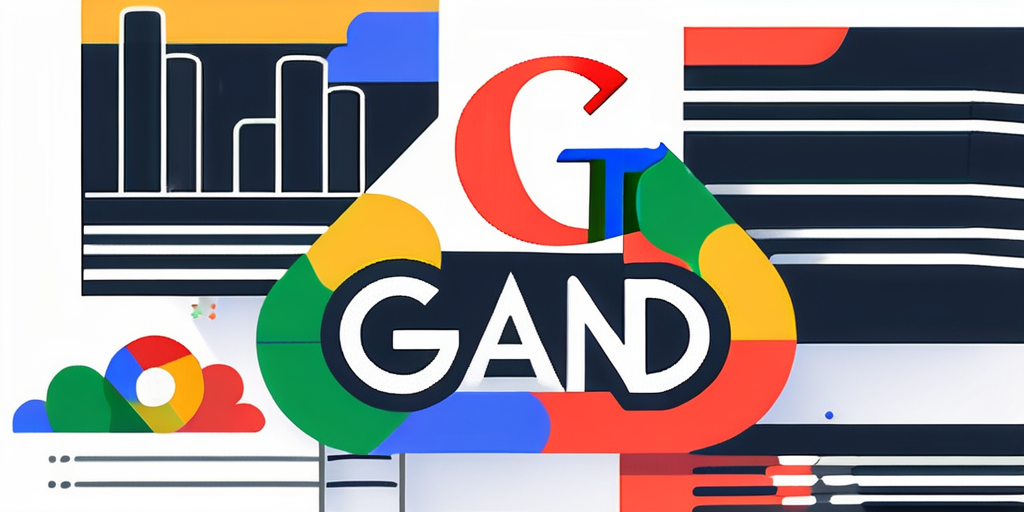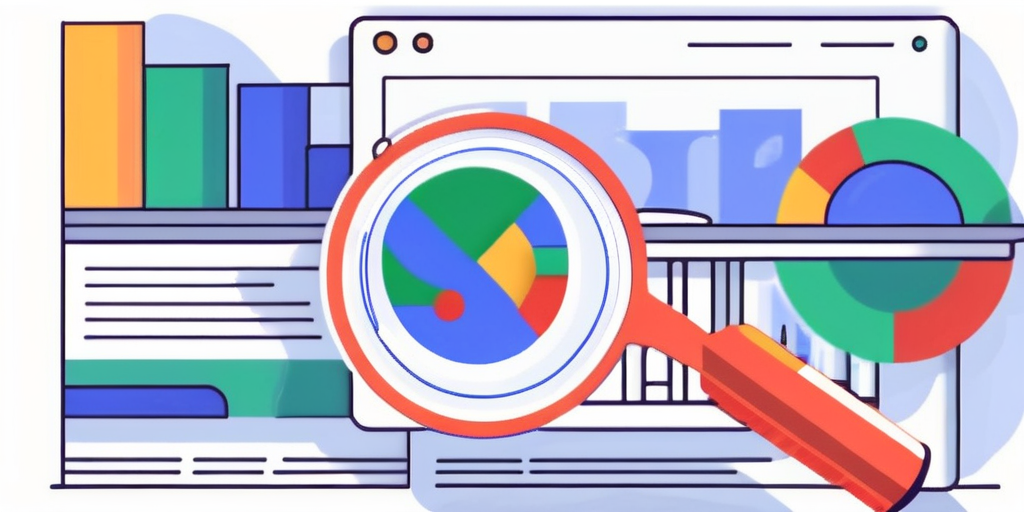Ad Grants Compliance for Nonprofits: Ensuring Adherence to Google’s Guidelines
Nonprofit organizations play a crucial role in society, addressing various social issues and providing valuable services to the community. To support these organizations in their digital marketing efforts, Google offers the Ad Grants program. This program provides eligible nonprofits with a generous advertising budget to promote their mission and reach a wider audience online.
Understanding Google’s Ad Grants Program
Google’s Ad Grants program is designed to help nonprofits gain visibility on its search engine and reach their target audience effectively. This grant offers a monthly budget of $10,000 for organizations to use towards Google Ads campaigns. However, in order to make the most of this opportunity, nonprofits need to ensure compliance with Google’s guidelines.
Nonprofits that participate in Google’s Ad Grants program have the opportunity to significantly expand their online presence and make a greater impact. With a free advertising budget of $10,000 per month, organizations can strategically create and run Google Ads campaigns that align with their mission and goals. This generous budget allows nonprofits to reach a wider audience and increase their visibility in search results, ultimately driving more traffic to their websites.
Key Features of Google’s Ad Grants Program
The Ad Grants program offers several key features to empower nonprofits:
- Free advertising budget of $10,000 per month: This substantial budget allows nonprofits to maximize their online presence and attract more supporters.
- Access to Google Ads’ powerful advertising platform: Nonprofits can leverage the advanced targeting options and analytics provided by Google Ads to create effective campaigns and measure their impact.
- Opportunity to raise awareness and engage with supporters: By appearing prominently in search results, nonprofits can increase their visibility and connect with individuals who are passionate about their cause.
- Potential to increase website traffic and donations: With increased visibility and targeted advertising, nonprofits can drive more traffic to their websites, leading to higher engagement and potential donations.
Eligibility Criteria for Google’s Ad Grants Program
To be eligible for Google’s Ad Grants program, nonprofits must meet certain criteria:
- Hold valid charitable status: Nonprofits must have a valid charitable status in their respective countries to qualify for the program.
- Have a functioning website with relevant content: Nonprofits need to have a well-maintained website that provides relevant information about their organization and its activities.
- Comply with Google’s non-discrimination policy: Google expects nonprofits to adhere to its non-discrimination policy, ensuring that their activities and content do not promote discrimination or harm.
- Agree to Google’s guidelines and program policies: Nonprofits must agree to follow Google’s guidelines and program policies, which include restrictions on certain types of advertising and the proper use of the grant.
By meeting these eligibility criteria, nonprofits can unlock the potential of Google’s Ad Grants program and leverage the power of Google Ads to further their mission. It is essential for organizations to carefully review and understand the guidelines to ensure compliance and make the most of this valuable opportunity.
Importance of Compliance in Google’s Ad Grants Program
Compliance with Google’s guidelines is of paramount importance for nonprofits participating in the Ad Grants program. Failure to adhere to these guidelines can have serious consequences for the organization’s advertising account.
Consequences of Non-Compliance
Non-compliance with Google’s guidelines can result in the suspension or cancellation of an organization’s Ad Grants account. This means losing the valuable opportunity to advertise on Google’s search engine, effectively hindering the organization’s ability to reach its target audience, raise awareness, and generate donations.
Benefits of Maintaining Compliance
On the other hand, maintaining compliance with Google’s guidelines has numerous benefits:
- Continued access to the $10,000 monthly advertising budget
- Increased visibility and exposure on Google’s search engine
- Opportunity to attract more visitors to the organization’s website
- Potential to generate more donations and support for the cause
One of the key advantages of maintaining compliance with Google’s guidelines is the continued access to the $10,000 monthly advertising budget. This budget provides nonprofits with a significant opportunity to promote their cause, reach a wider audience, and make a meaningful impact. By utilizing this budget effectively, organizations can create compelling ads that capture the attention of potential donors and supporters.
In addition to the financial benefits, maintaining compliance also leads to increased visibility and exposure on Google’s search engine. When an organization’s ads comply with Google’s guidelines, they are more likely to appear at the top of relevant search results, ensuring that the organization’s message is seen by the right people at the right time. This increased visibility can significantly boost the organization’s online presence and help attract more visitors to their website.
Furthermore, maintaining compliance with Google’s guidelines provides nonprofits with the opportunity to attract more visitors to their website. By creating engaging and informative ads that align with the guidelines, organizations can pique the interest of potential supporters and direct them to their website for more information. This increased traffic can lead to higher engagement, increased awareness, and ultimately, more donations and support for the cause.
Overall, the benefits of maintaining compliance with Google’s guidelines in the Ad Grants program are numerous. From continued access to the advertising budget to increased visibility and the potential for generating more donations, adhering to these guidelines is crucial for nonprofits looking to make a lasting impact and reach their goals.
Steps to Ensure Adherence to Google’s Guidelines
To ensure compliance with Google’s guidelines, nonprofits should follow these important steps:
Familiarizing with Google’s Ad Grants Policies
It is crucial for nonprofits to thoroughly understand and familiarize themselves with Google’s Ad Grants policies. This includes policies on ad content, usage of keywords, landing page quality, and other program-specific guidelines. By knowing and following these policies, nonprofits can ensure that their ads meet Google’s standards and avoid any compliance issues.
When familiarizing themselves with Google’s Ad Grants policies, nonprofits should pay close attention to the guidelines on ad content. These guidelines aim to maintain a high standard of quality and relevance for the ads displayed on Google’s platform. Nonprofits should ensure that their ad content is informative, engaging, and aligned with their mission. This will not only help them comply with Google’s policies but also enhance the overall user experience.
Implementing Google’s Ad Grants Policies
Nonprofits must actively implement Google’s Ad Grants policies when creating and managing their ads. This includes using relevant keywords, creating compelling ad copy, and directing traffic to high-quality landing pages. By adhering to these policies, nonprofits can maximize the impact of their campaigns and improve their chances of success.
One important aspect of implementing Google’s Ad Grants policies is the usage of keywords. Nonprofits should conduct thorough keyword research to identify the most relevant and effective keywords for their campaigns. By selecting the right keywords, nonprofits can increase the visibility of their ads and attract a larger audience who are genuinely interested in their cause.
In addition to using relevant keywords, nonprofits should also focus on creating compelling ad copy. The ad copy should be concise, persuasive, and highlight the unique value proposition of the nonprofit. By crafting compelling ad copy, nonprofits can capture the attention of potential donors and drive more traffic to their website or landing page.
Maintaining Compliance with Google’s Ad Grants Program
Maintaining compliance with Google’s Ad Grants program is an ongoing process. Nonprofits should regularly monitor and audit their ad campaigns to ensure continued adherence to Google’s guidelines.
Regular Monitoring and Auditing
Nonprofits should regularly review their ad campaigns, monitoring keywords, ad performance, and campaign effectiveness. This allows organizations to identify and address any compliance issues promptly. By conducting regular audits, nonprofits can ensure that their campaigns remain compliant with Google’s guidelines and maximize the impact of their advertising efforts.
Updating Policies as per Google’s Changes
Google’s guidelines and policies may change over time. It is essential for nonprofits to stay up-to-date with these changes and implement them in their ad campaigns accordingly. Staying informed and making timely adjustments ensures ongoing compliance and enables nonprofits to leverage the full potential of the Ad Grants program.
Furthermore, nonprofits should also consider the importance of creating compelling and engaging ad content. While compliance is crucial, it is equally vital to capture the attention and interest of potential donors and supporters. Crafting ads that resonate with the target audience can significantly increase the chances of driving meaningful engagement and conversions.
One effective strategy is to incorporate storytelling into ad campaigns. Sharing impactful stories of individuals or communities positively impacted by the nonprofit’s work can create an emotional connection with viewers. By highlighting the real-life impact of their programs, nonprofits can inspire viewers to take action and contribute to their cause.
In addition to storytelling, nonprofits should also explore the use of visuals to enhance the effectiveness of their ads. Incorporating eye-catching images or videos can help capture the audience’s attention and convey the organization’s message more effectively. Visual content has the power to evoke emotions and leave a lasting impression on viewers, increasing the likelihood of them engaging with the ad and supporting the nonprofit’s mission.
Troubleshooting Compliance Issues
While nonprofits strive to maintain compliance with Google’s Ad Grants program, they may encounter occasional compliance issues. Understanding and addressing these issues promptly is crucial to ensure continued participation in the program.
Common Compliance Issues and Their Solutions
Some common compliance issues include low click-through rates, low-quality landing pages, and non-compliant ad content. Nonprofits can resolve these issues by optimizing their campaigns, improving their website’s user experience, and aligning their ad content with Google’s policies.
Seeking Help from Google’s Support Team
If nonprofits encounter complex compliance issues or require further assistance, they can reach out to Google’s dedicated support team. The support team can provide guidance, answer questions, and help resolve any compliance-related challenges nonprofits may face.
By ensuring compliance with Google’s guidelines, nonprofits can harness the power of the Ad Grants program to promote their cause, raise awareness, and make a lasting impact on the community they serve. Ad Grants compliance is not just about meeting requirements; it is about maximizing the potential of digital advertising for the betterment of society.
Ready to take your nonprofit’s digital advertising to the next level? At BlueWing, we understand the intricacies of the Google Ad Grants program and are dedicated to helping you navigate its guidelines with ease. Our expertise in paid media management for nonprofits means we’re equipped to create a sustainable growth engine that amplifies your impact. Don’t let compliance concerns hold you back. Contact us today and let’s build a robust digital presence together.





